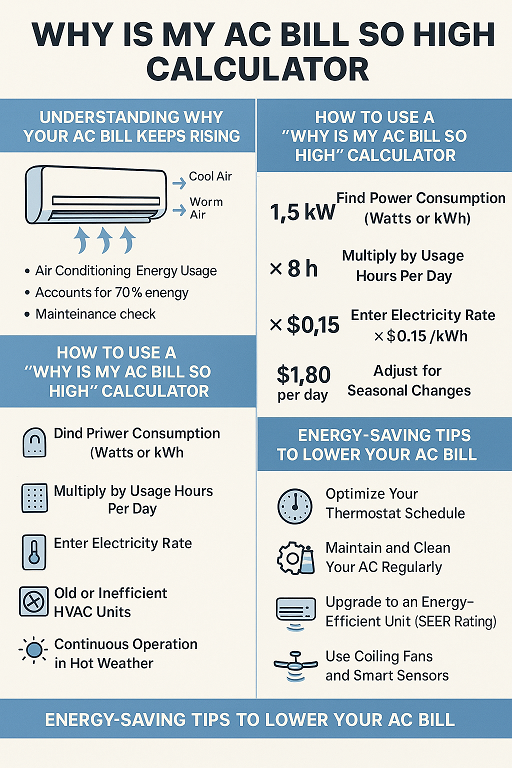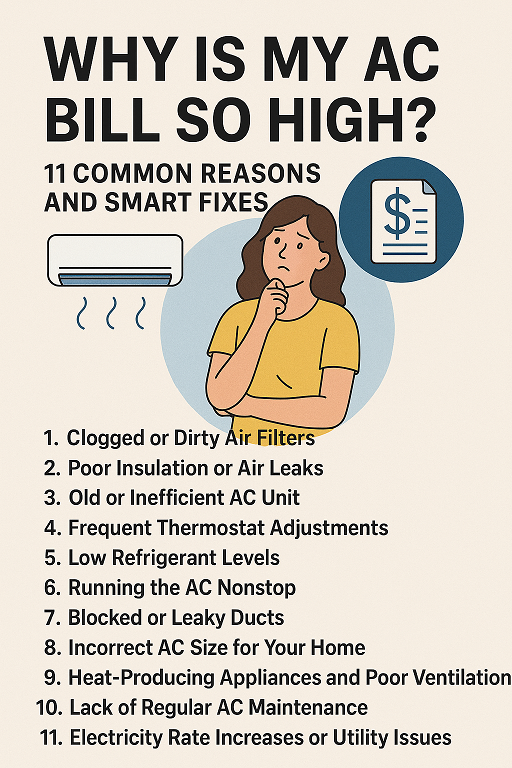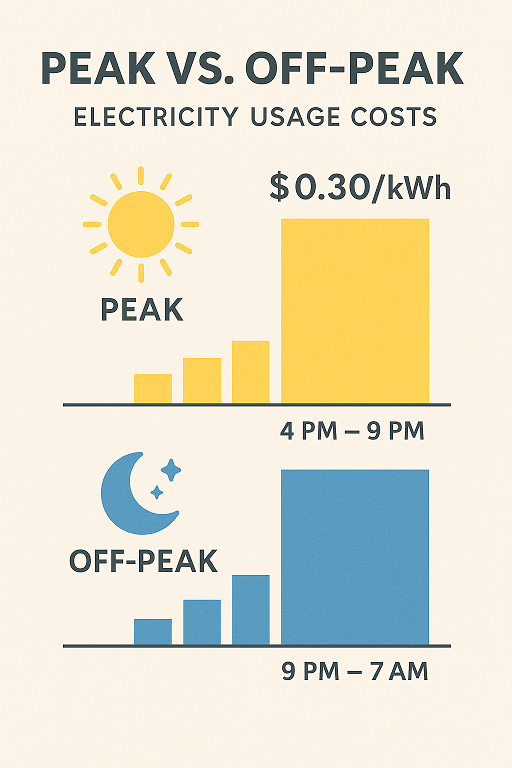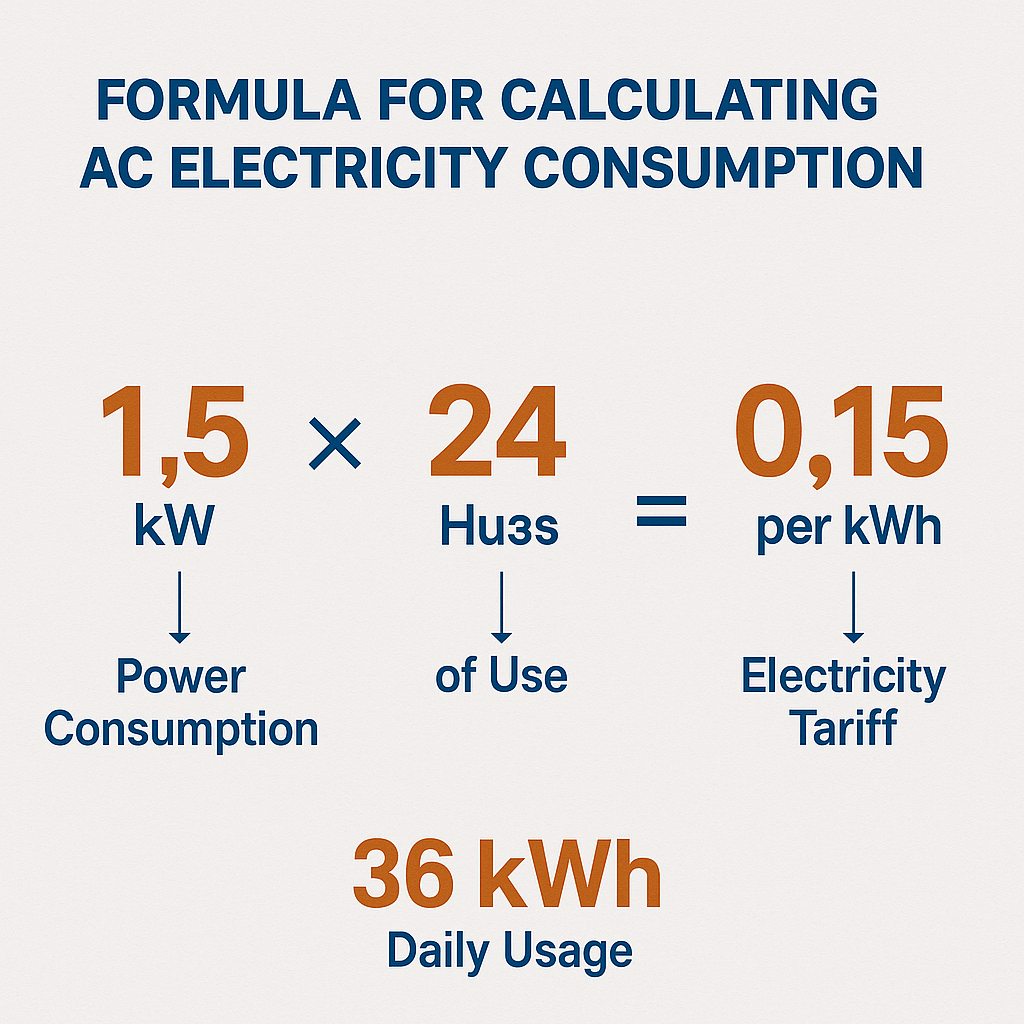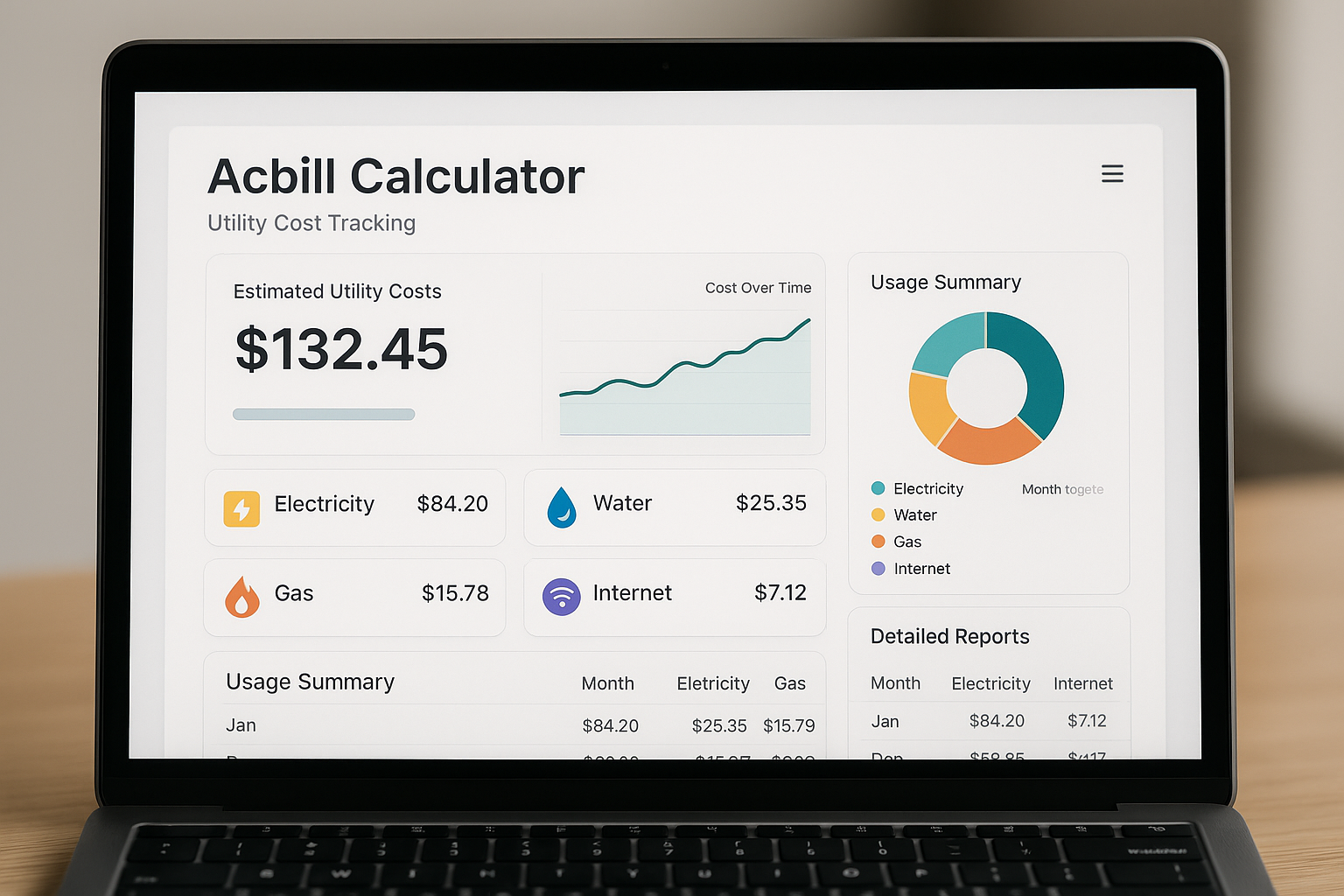
Inverter vs Non-Inverter AC: Bill Comparison – Which Saves You More in the Long Run?
Inverter vs Non-Inverter AC: Bill Comparison – Which Saves You More in the Long Run?
Air conditioning is no longer a luxury; it is a necessity in most countries of the world. However, with the abundance of ACs in the market today, one question always arises in everyone's mind, should you buy an inverter AC or a non-inverter (fixed speed) AC?
Using this inverter vs non-inverter AC bill comparison, you can see exactly how much each type of AC costs, how much it will cost you per month, and when having an inverter AC will cost extra.
Understanding the Basics of Air Conditioner Technology
What Is an Inverter AC?
An inverter AC has a variable speed compressor motor that can change speed as cooling is needed. It doesn't turn on or off: it increases or decreases, consuming only the amount of electricity needed.
Key benefits:
- Better cooling...
- Less electrcy usage
- Less wear and tear.
How Does a Non-Inverter (Fixed Speed) AC Work?
In a non-inverter AC, it runs at full power during cooling and de-energizes at the desired temperature. This on/off cycle creates a cycle again and this results in increased electrical surges and inefficient cooling.
The Science Behind Variable Speed Cooling
Variable Speed Compressor Basics
You can think of an inverter AC as a car with cruise control; that is, without brakes and accelerators, the system slows down and speeds up to keep you comfortable.
Load-Matching: Cooling Exactly as Needed
A compressor with an inverter matches the cooling requirements of the room. On mild days, it uses much less energy than the maximum set time, saving energy.
Electricity Consumption Differences Between Inverter and Non-Inverter ACs
Energy Efficiency Ratings Explained
Look for:
- EER – Efficiency of Energy Ratio
- SEER – Season Energy Efficiency Ratio
- ISEER – Indian Seasonal EER (for tropical)
Inverter ACs usually score 20–30% higher than non-inverters.
How Power Draw Varies at Different Loads
Non-inverter AC: Never switches off (e.g. 1.5 kW).
Inverter AC: Has a capacity to run between 0.3 kW to 1.5 kW, according to cooling requirement
Bill Comparison: How Much Can You Actually Save?
Monthly Electricity Bill Scenarios
Let’s assume:
- Unit cost of electricity: $0.15/kWh
- Daily usage: 8 hours
- AC capacity: 1.5 Ton
AC Type | Avg. Power Draw | Monthly Usage (kWh) | Monthly Cost
Non-Inverter | 1.5 kW | 360 kWh | $54
Inverter | 1.0 kW | 240 kWh | $36
Savings: $18/month.
Payback Period: When Will the Extra Cost Pay Off?
Assuming an inverter AC is $200 more expensive, and that you can save $18/month, you will get a break even point after ~11 months.
The payback is less than 1 year in hotter climates or in cases of heavier use.
Pros and Cons of Inverter ACs
Pros:
- Reduce electricity cost
- Improved consistency of comfort,
- Quieter operation
Cons:
- Premium initial expense
- A little bit more complicated maintenance
FAQs About Inverter AC Electricity Bills
- Are inverter ACs really electrical saving?
- Yes, particularly so when you use them over extended periods of time in a day.
- Let me use an inverter AC; will my bill be zero? No, but it will be quite a lot less than a fixed-speed AC.
- Worthwhile buying inverter AC as a one-time-a-day use? Not always. It may even break even after years of little usage.
Conclusion: If you use your AC for more than 5 hours a day, then an inverter AC is practically the best cost-effective option. The reduced electricity consumption results in real savings and thus the increased cost of purchase is easily repaid.
